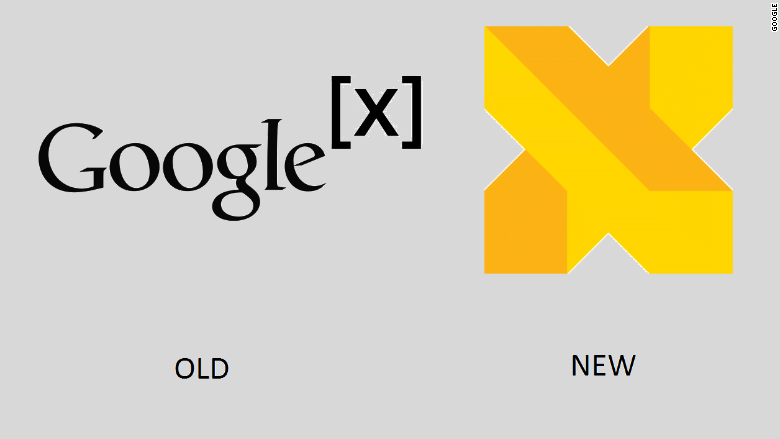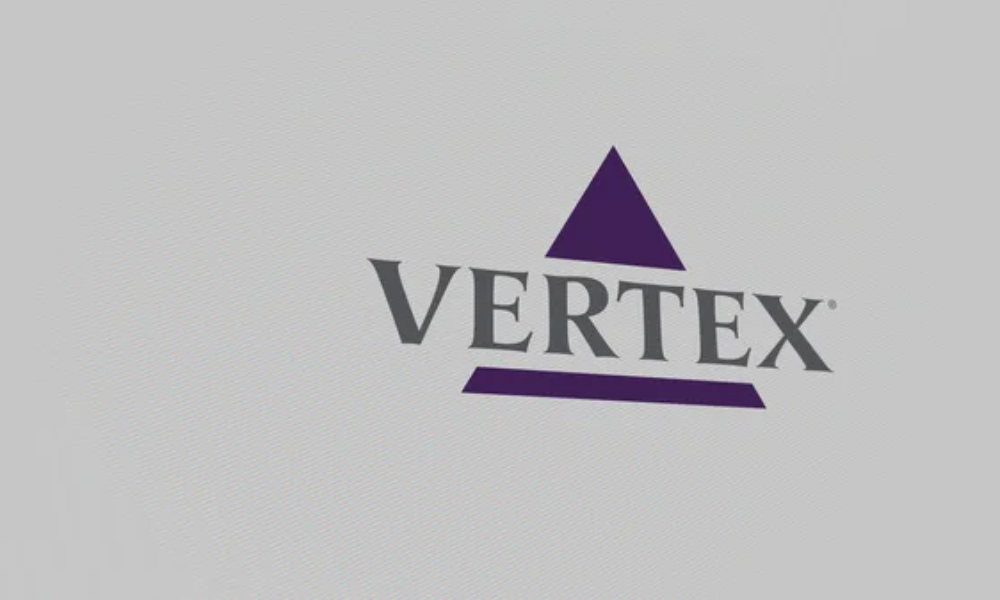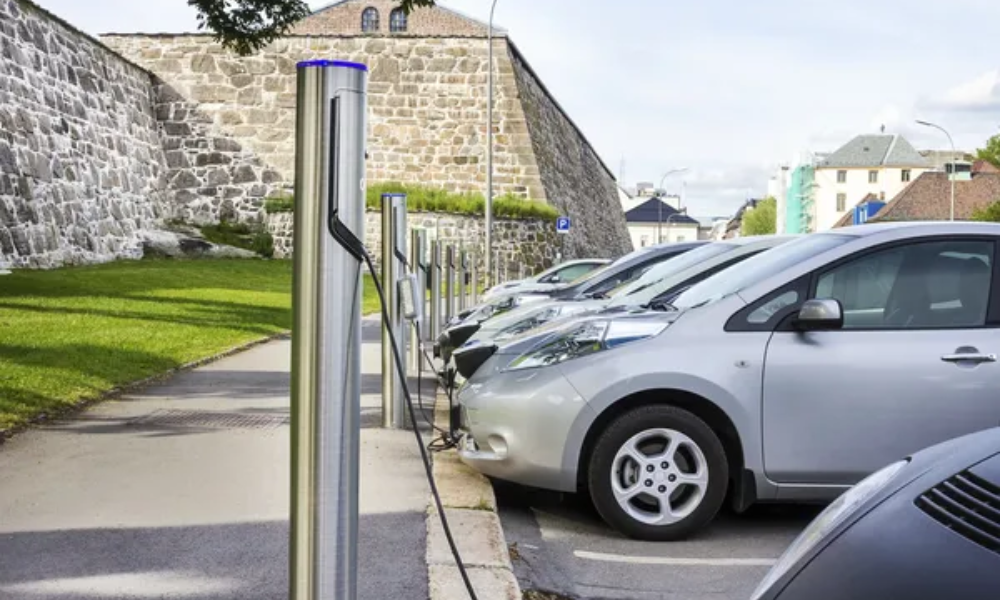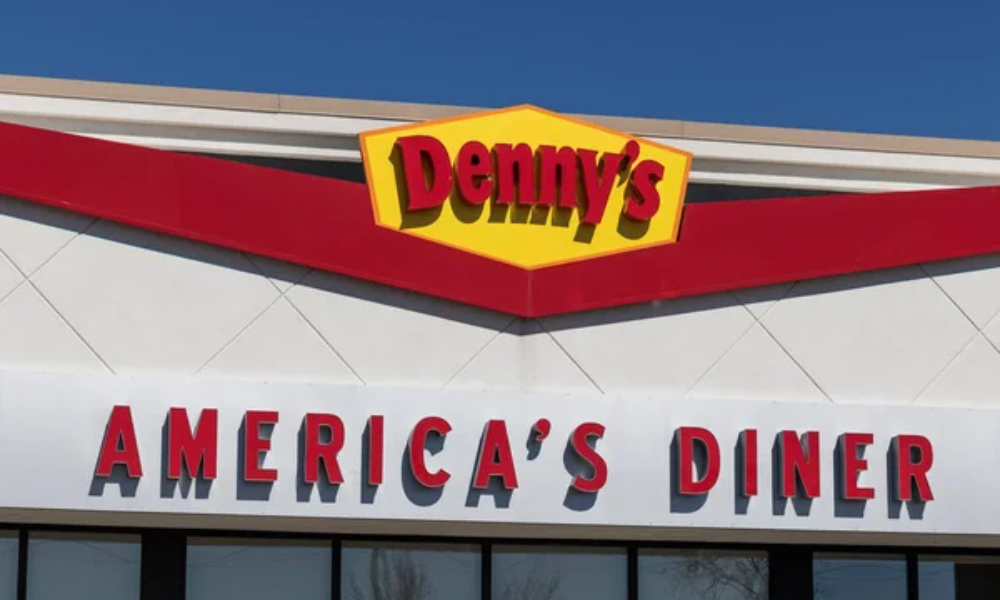In today’s fast-paced technological landscape, innovation has become the key driver of success. Google, a company renowned for its groundbreaking ideas, is no stranger to ambitious projects that push the boundaries of what is possible.
However, with the formation of Alphabet, Google’s parent company, these audacious ventures have been given a new platform to flourish and thrive.
Alphabet’s “moonshots” represent a collection of ambitious projects that aim to disrupt and revolutionize various industries and tackle some of the world’s most pressing challenges.
From self-driving cars to renewable energy solutions and healthcare advancements, Alphabet is investing heavily in these moonshot projects.
Now, before we dive into the exciting world of three standout moonshot projects, let’s zoom in on the X Lab—the powerhouse behind Alphabet’s daring innovations. Alphabet is investing big, and the X Lab is where the action happens.
Read More: The Future Of Netflix: Can It Maintain Its Streaming Dominance?
The X Lab: Exploring Technological Frontiers
At the forefront of Alphabet’s ambitious projects is the enigmatic research and development facility known as The X Lab (formerly Google X).
This semi-secret R&D facility plays the pivotal role of initiating and assessing the viability of Alphabet’s most disruptive and groundbreaking innovations.

(We say secret because the lab operates with a degree of secrecy or confidentiality regarding the specific details of its ongoing projects.
While the existence of the lab is publicly known, the intricate aspects of its research, development activities, and certain projects are not always revealed to the public.)
Founded in 2010 by Sergey Brin and led by Astro Teller, the lab is entirely dedicated to moonshot projects that push the boundaries of technology to address global challenges, solve some of the world’s hardest problems, and revolutionize various industries.
According to X, “a moonshot is the intersection of a big problem, a radical solution, and breakthrough technology.”
The lab’s primary objective is to identify, explore, and develop revolutionary ideas that have the potential to solve some of humanity’s most pressing challenges.
With an emphasis on long-term goals rather than immediate profitability, The X Lab operates on a unique philosophy that encourages risk-taking and unconventional thinking.
The X Lab employs an iterative process involving thorough research, prototyping, and testing to assess the technical feasibility of moonshots.
This evaluation helps to determine whether these projects can ultimately be developed into practical and successful products or services.
A Look at Alphabet’s Bold Innovative Ventures
Some notable projects that have originated from the X Lab include Project Loon, Waymo, Project Wing, and Proect Verily. Let’s look at these very quickly.
1. Project Loon: Evaluating The Potential Of Balloon-Powered Internet Access
Project Loon was a bold initiative by Alphabet Inc. aimed at providing internet access to remote and underserved areas using a network of high-altitude balloons.
The primary goal of Project Loon was to narrow the digital divide and connect millions by extending internet access to millions in remote and challenging terrains.
This aligned with Alphabet’s broader mission to find innovative solutions for global challenges, especially in connectivity and information access.
The Loon team aimed high, aspiring to create a balloon capable of enduring the harsh conditions of the stratosphere for hundreds of days.
In this challenging environment, where winds can hit 100 km/hour and temperatures can plummet to -90 degrees Celsius, the goal was to maintain constant connectivity.
After years of dedicated effort in refining their designs, the team achieved a remarkable feat – setting a record with a balloon that soared for over 300 days before descending to Earth.
These balloons, equipped with solar panels and cutting-edge communication equipment, were released into the stratosphere, where they could sail through winds to provide internet signals.
Successes and Promise: Through extensive testing and pilot programs in various countries, Project Loon demonstrated promising results in delivering reliable internet connectivity even in challenging terrains, including areas where traditional infrastructure is impractical.
For example, in 2017, when Peru and Puerto Rico were severely affected by flooding and a major hurricane knocked out critical ground infrastructure, the Loon team deployed balloons to the disaster regions, providing emergency connectivity to hundreds of thousands of people.
Challenges and Considerations:
Despite successes, Project Loon faced challenges for full-scale deployment:
- Balloon Lifespan: It was difficult to ensure balloons endured the harsh conditions of the stratosphere, which was crucial for sustained and reliable internet service.
- Flight Control: Navigating and coordinating balloons within the stratosphere posed technical challenges. Precise flight control is necessary for optimizing coverage and maintaining connectivity.
- Regulatory Hurdles: Deployment involved navigating the complex regulations of different countries.
Future Outlook: Despite making remarkable technical strides, Loon’s journey toward commercial viability turned out to be longer and riskier than anticipated and in 2021, Loon’s project was unfortunately discontinued.
Also Read: The Electric Future: Analyzing Rivian’s Role in the EV Market
2. Waymo: Pioneering the Future of Transportation through Autonomous Vehicles
Waymo’s self-driving cars, another brainchild of X Lab, have revolutionized transportation by offering a safer and more efficient alternative to conventional vehicles.
By leveraging advanced technology such as real-time sensors, artificial intelligence, and machine learning algorithms to move around humans, oncoming vehicles, and traffic signs, Waymo is shaping the future of transportation and paving the way for a new era of autonomous mobility.
By eliminating the need for human drivers, Waymo aims to enhance road safety, reduce traffic congestion, and provide mobility solutions for individuals with limited transportation options.
Successes and Promise: Since its inception in 2009, Waymo has taken giant steps and achieved giant leaps in the autonomous vehicles industry, solidifying its position as a frontrunner.
This it has achieved while also demonstrating the vast potential of self-driving vehicles in reshaping the future of transportation.
Waymo’s self-driving vehicles have been simulated on public roads and urban environments to enhance its ability to serve real-life purposes.
Currently, Waymo boasts of over 20 billion real-world and simulated successful miles driven—not a bad stats for this emerging initiative if you ask me.
Waymo’s user-facing services have also evolved to provide commercial autonomous ride-hailing services, meaning users can now book rides using Waymo.
Challenges and Considerations: Despite its successes, Waymo faces challenges that are tied to the development and deployment of autonomous vehicles:
- Regulatory Landscape: The regulatory framework for autonomous vehicles is still evolving, requiring collaboration between technology companies, policymakers, and regulatory bodies to establish clear guidelines and standards.
- Public Perception: One of the key challenges faced by Waymo in shaping the future of transportation with self-driving cars is ensuring safety and gaining public trust. Waymo and other industry players must address concerns related to safety, privacy, and the ethical considerations of autonomous technology.
- Scaling Operations: Expanding autonomous vehicle operations to new geographies and integrating them seamlessly into existing transportation systems poses operational and logistical challenges.
Future Outlook: Waymo’s advancements in autonomous driving technology position it as a key player in shaping the future of transportation by reducing road accidents, reducing traffic congestion and decreasing carbon emission and fuel consumption.
As the technology matures, it is likely to have widespread implications for urban mobility, logistics, and the automotive industry.
Waymo’s commitment to safety, ongoing innovation, and collaboration with stakeholders position it for continued success in the near future.
3. Verily: Advancing Healthcare through Innovation
Innovations in the medical field, such as those pioneered by Verily, are reshaping the way we utilize medical data.
Currently, Verily is leading the charge in revolutionizing healthcare, with a primary focus on leveraging technology to transform the healthcare landscape and improve patient outcomes.
Verily’s ambitious goals include developing smart contact lenses, disease detection through nanoparticles, and using machine learning for better patient care.
By combining advanced technology with medical expertise, Verily intends to tackle healthcare’s biggest challenges by introducing tools, services and software to help customers across the healthcare ecosystem.
Successes and Promises: The company’s mission is to “bring the promise of precision health to everyone, every day.”
Precision Health represents a shift from the traditional one-size-fits-all approach, prioritizing personalized interventions based on an individual’s unique needs, genetic makeup, and lifestyle.
Verily has made significant strides in healthcare innovation and has gone ahead to develop products and platforms that underscore its commitment to improving healthcare.
Some notable successes include its Viewpoint platform, Onduo, the Study Watch, and Project Baseline to mention but a few.
Challenges and Considerations: Verily operates in a complex and highly regulated industry and faces challenges such as:
- Data Privacy and Security: Handling vast amounts of health data requires robust measures to ensure privacy and security. Verily must navigate the regulatory landscape to meet strict standards and build trust with users.
- Integration with Healthcare Systems: Integrating innovative technologies into existing healthcare systems can be challenging. Verily needs to work collaboratively with healthcare providers and regulatory bodies to facilitate seamless adoption.
- Long-Term Impact: The long-term impact of Verily’s initiatives may take time to materialize. The company needs to navigate the evolving landscape of healthcare policies, market dynamics, and technological advancements.
Future Outlook: Verily’s innovative approach to healthcare promises immense potential for transforming the industry in the future.
As the company continues to develop, it has the potential to drive significant advancements in preventive care, diagnostics, and personalized medicine.
Challenges And Failures: Examining The Setbacks Faced By Alphabet’s Moonshots
While Alphabet has gained prominence for its far-reaching projects, it has not been immune to the challenges that come with being an innovation driver.
One notable setback was the discontinuation of Google Glass, a wearable technology with augmented reality capabilities that failed to gain widespread consumer adoption due to privacy concerns and limited practicality.
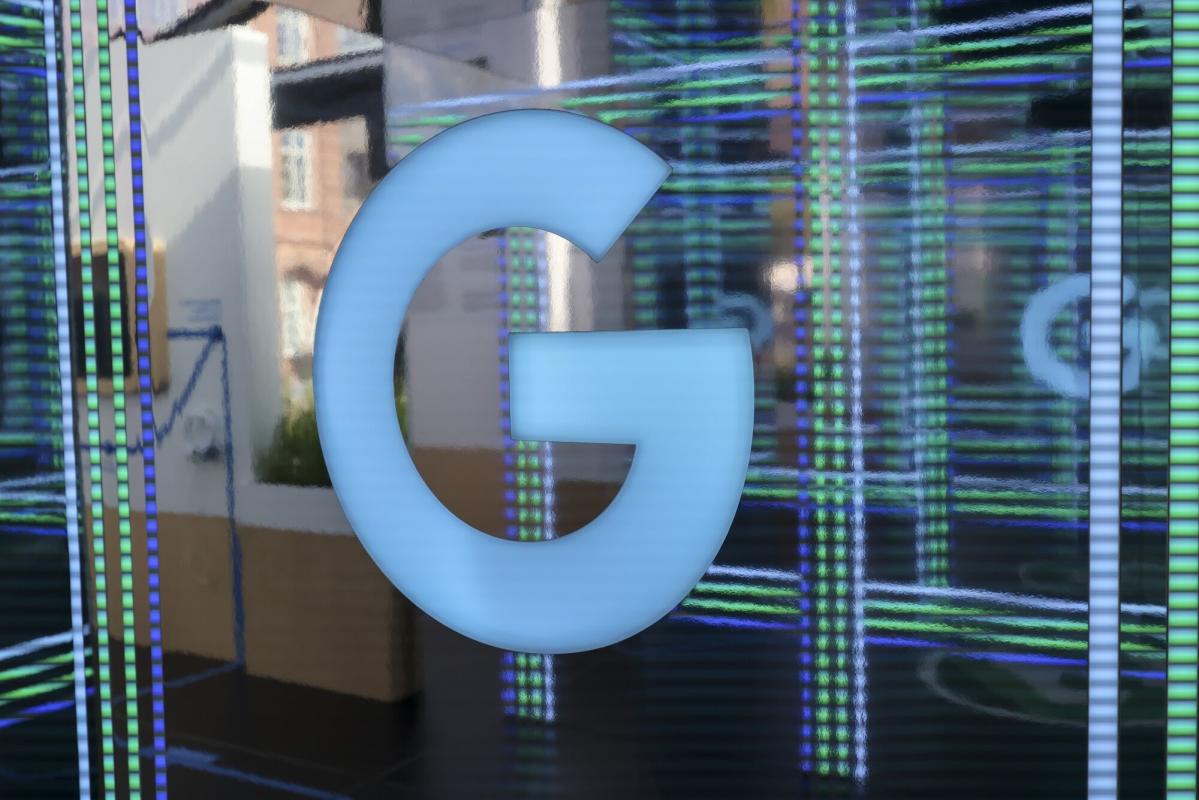
Additionally, Alphabet’s autonomous vehicle project, Waymo, faced setbacks following a fatal accident involving one of its self-driving cars during testing.
Project Loon also encountered technical difficulties and struggled to achieve sustainable profitability despite the groundbreaking breakthroughs it made. These challenges underscore the inherent risks involved in pursuing moonshot ventures.
Bottom Line: The Future Of Alphabet’s Moonshots – Balancing Innovation And Practicality
Alphabet continues to emphasize innovation, embracing the ups and downs that come with pushing the boundaries of technology.
Admittedly, some projects may seem far-fetched or even impractical at first glance, but that’s the point – innovation often comes from thinking outside the box.
Moonshots serve as a reminder that big breakthroughs often arise from unconventional and sometimes even crazy ideas.
Through careful evaluation and iteration, the company can refine its moonshots and increase its chances of achieving meaningful impact.
In a nutshell, Alphabet’s moonshots aren’t just wild ideas on paper. They’re a glimpse into what could be our future.
And as long as Alphabet keeps that mix of thinking big and thinking smart, these moonshots could end up shaping our lives in ways we never considered possible.
Read Next: U.S. Venture Capital Investments in Chinese Tech Under Scrutiny
DISCLAIMER
You should read and understand this disclaimer in its entirety before joining or viewing the website or email/blog list of SmallCapStocks.com (the “Publisher”). The information (collectively the “Advertisement”) disseminated by email, text or other method by the Publisher including this publication is a paid commercial advertisement and should not be relied upon for making an investment decision or any other purpose. The Publisher is engaged in the business of marketing and advertising the securities of publicly traded companies in exchange for compensation. The track record, gains, upside, and/or losses mentioned in the Advertisement, if any, should not be considered as true or accurate or be the basis for an investment. The Publisher does not verify the accuracy or completeness of any information included in the Advertisement. While the Publisher does not charge for the SMS service, standard carrier message and data rates may apply. To unsubscribe from receiving promotional text messages to your phone sent via an autodialer, using your phone reply to the sender’s phone number with the word STOP or HELP for help.
The Advertisement is not a solicitation or recommendation to buy securities of the advertised company. An offer to buy or sell securities can be made only by a disclosure document that complies with applicable securities laws and only in the states or other jurisdictions in which the security is eligible for sale. The Advertisement is not a disclosure document. The Advertisement is only a favorable snapshot of unverified information about the advertised company. An investor considering purchasing the securities, should always do so only with the assistance of his legal, tax and investment advisors. Investors should review with his or her investment advisor, tax advisor or attorney, if and to the extent available, any information concerning a potential investment at the web sites of the U.S. Securities and Exchange Commission (the "SEC") at www.sec.gov; the Financial Industry Regulatory Authority (the "FINRA") at www.FINRA.org, and relevant State Securities Administrator website and the OTC Markets website at www.otcmarkets.com. The Publisher cautions investors to read the SEC advisory to investors concerning Internet Stock Fraud at www.sec.gov/consumer/cyberfr.htm, as well as related information published by the FINRA on how to invest carefully. Investors are responsible for verifying all information in the Advertisement. As an advertiser, we do not verify any information we publish. The Advertisement should not be considered true or complete.
The Publisher does not offer investment advice or analysis, and the Publisher further urges you to consult your own independent tax, business, financial and investment advisors concerning any investment you make in securities particularly those quoted on the OTC Markets. Investing in securities is highly speculative and carries an extremely high degree of risk. You could lose your entire investment if you invest in any company mentioned in the Advertisement. You acknowledge that we are not an investment advisory service, a broker-dealer or an investment adviser and we are not qualified to act as such. You acknowledge that you will consult with your own independent, tax, financial and/or legal advisers regarding any decisions as to any company mentioned here. We have not determined if the Advertisement is accurate, correct or truthful. The Advertisement is compiled from publicly available information, which include, but are not limited to, no cost online research, magazines, newspapers, reports filed with the SEC or information furnished by way of press releases. Because all information relied upon by us in preparing an advertisement about an issuer comes from a public source, it is not reliable, and you should not assume it is accurate or complete.
By your subscription to our profiles, the viewing of this profile and/or use of our website, you have agreed and acknowledged the terms of our full disclaimer and privacy policy which can be viewed at the following link: www.SmallCapStocks.com/Disclaimer and www.SmallCapStocks.com/Privacy-Policy
By accepting the Advertisement, you agree and acknowledge that any hyperlinks to the website of (1) a client company, (2) the party issuing or preparing the information for the company, or (3) other information contained in the Advertisement is provided only for your reference and convenience. The advertiser is not responsible for the accuracy or reliability of these external sites, nor is it responsible for the content, opinions, products or other materials on external sites or information sources. If you use, act upon or make decisions in reliance on information contained in any disseminated report/release or any hyperlink, you do so at your own risk and agree to hold us, our officers, directors, shareholders, affiliates and agents harmless. You acknowledge that you are not relying on the Publisher, and we are not liable for, any actions taken by you based on any information contained in any disseminated email or hyperlink.
I’m Nathan Goldstein, a writer and political analyst focused on simplifying complex social and political issues. My writing breaks down the intricacies of today’s society and politics to make them more understandable for you. I’m committed to providing clear and well-informed insights.
